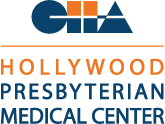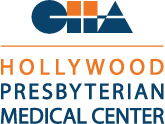ДЕТСКАЯ ОФТАЛЬМОЛОГИЯ
Amblyopia
Amblyopia, commonly known as lazy eye, is an eye condition resulting in reduced vision. Patients with amblyopia may experience eye strain, squinting, headaches and overall poor vision. This condition is found in many children and can significantly affect vision if left untreated. While many cases are caused by a misalignment of the eyes, a variety of other conditions may be responsible such as imbalance in refractive error, significant drooping of the eyelids or childhood cataracts. Failure to detect amblyopia can lead to irreversible vision loss.
Signs/Symptoms
- Misaligned eyes
- Altered depth perception
- Young children may not realize something is wrong with their vision. Watch for unusual clumsiness for their age group, running into objects more than usual or problems catching a ball.
Treatment
Treatments vary depending on the severity of the condition but often include patching the good eye, eyeglasses, eye drops and surgery.
Pediatric Strabismus
Strabismus is the term for non-aligned eyes. The condition occurs in children and adults. Strabismus can be congenital (present from birth) or acquired from eye injury, diabetes, stroke and other conditions. Strabismus may first appear as double vision. If left untreated in children, it can lead to visual impairment, so early treatment is essential.
Signs/Symptoms
- Misaligned eyes
- Squinting one eye in bright sunlight
- Head tilt
- Altered depth perception
- Double vision (typically in adults)
Treatment
A pediatric ophthalmologist should be consulted for suspected strabismus in children. Treatment varies but vision therapy options include use of computerized optical equipment, prisms, eyeglasses and patching the good eye to strengthen eye muscles. Surgery may strengthen or weaken the effect of one or more of the muscles that move the eye.
 РУССКИЙ
РУССКИЙ  ENGLISH
ENGLISH 


